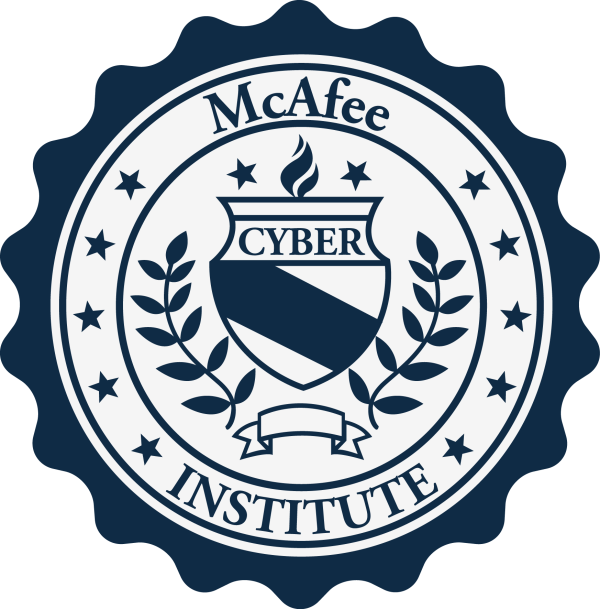Justice Department Guidelines on Searching and Seizing Computers
A major portion of the section deals with the seizure of computers. The DOJ recommends using the “independent component doctrine” to determine if a reason can be articulated to seize each separate piece of hardware. Prosecutors are urged to “seize only those pieces of equipment necessary for basic input/output so that the government can successfully execute the warrant.” The guidelines reject the theory that because a device is connected to a target computer, it should be seized, stating that “in an era of increased networking, this kind of approach can lead to absurd results.”
However, the guidelines also note that computers and accessories are frequently incompatible or booby-trapped, thus recommending that equipment generally be seized to ensure that it will work. They recommend that irrelevant material should be returned quickly. “Once the analyst has examined the computer system and data and decided that some items or information need not be kept, the government should return this property as soon as possible.” The guidelines suggest that it may be possible to make exact copies of the information on the storage devices and return the computers and data to the suspects if they sign waivers stating that the copy is a replica of the original data.
On the issue of warrantless seizure and “no-knock warrants,” the guidelines note the ease of destroying data. If a suspect is observed destroying data, a warrantless seizure may occur, provided that a warrant is obtained before an actual search can proceed. For “no-knock” warrants, the guidelines caution that more than the mere fact that the evidence can be easily destroyed is required before such a warrant can be issued. “These problems . . . are not, standing alone, sufficient to justify dispensing with the knock-and-announce rule.”



Post your comment on this topic.